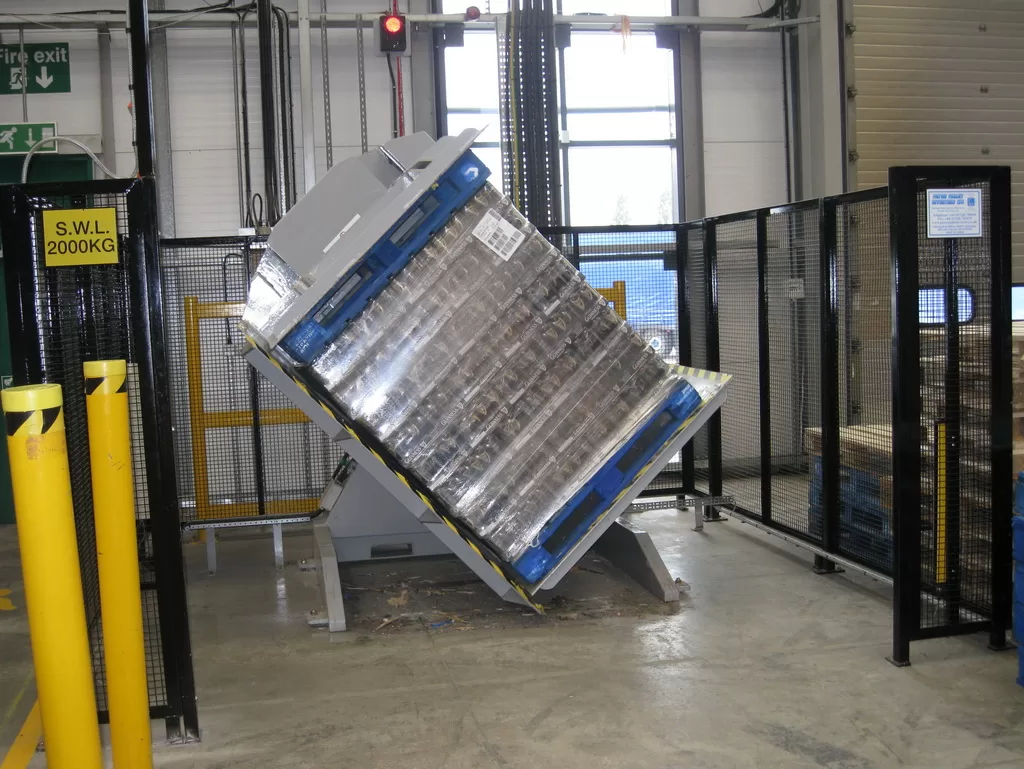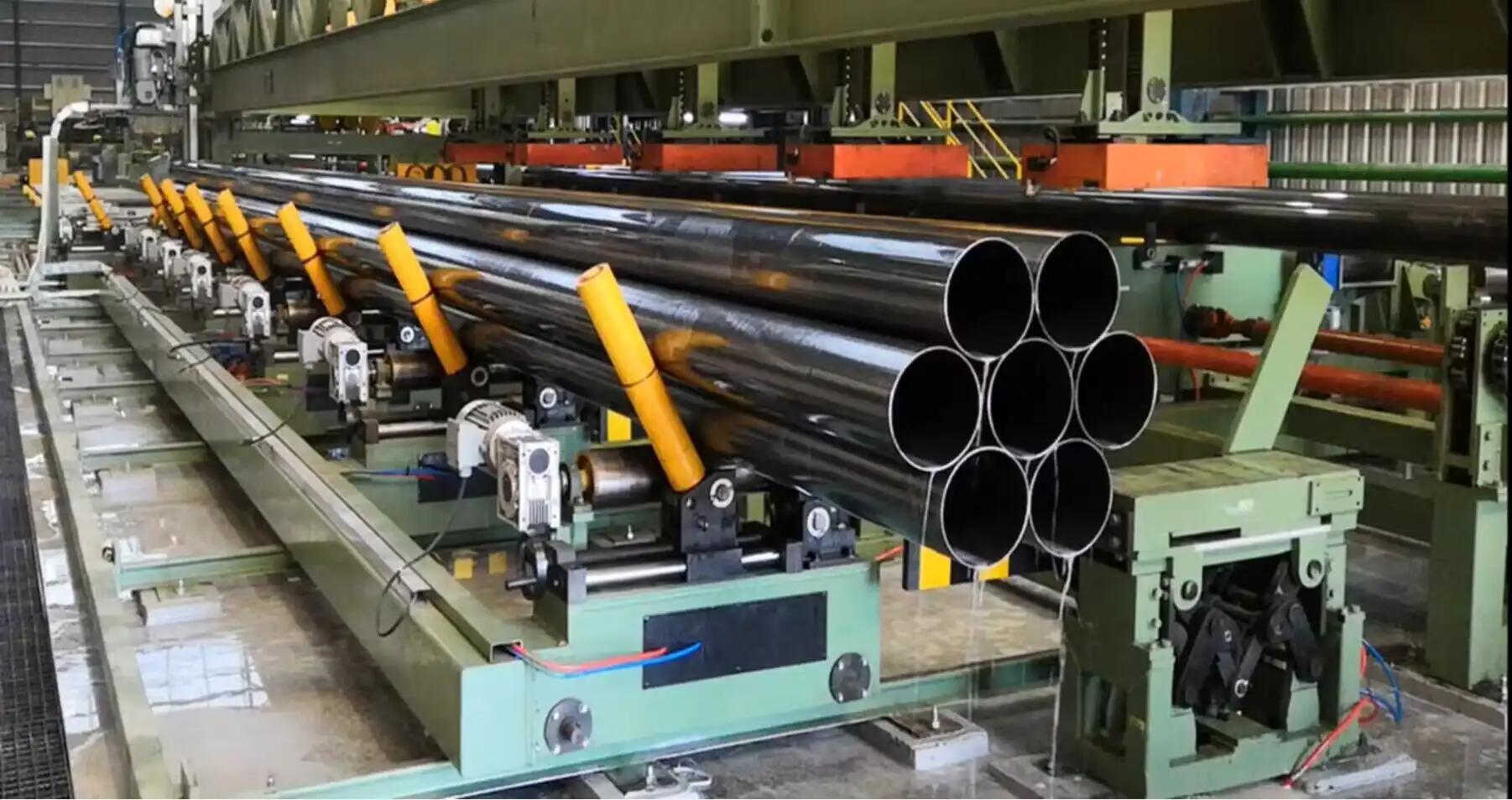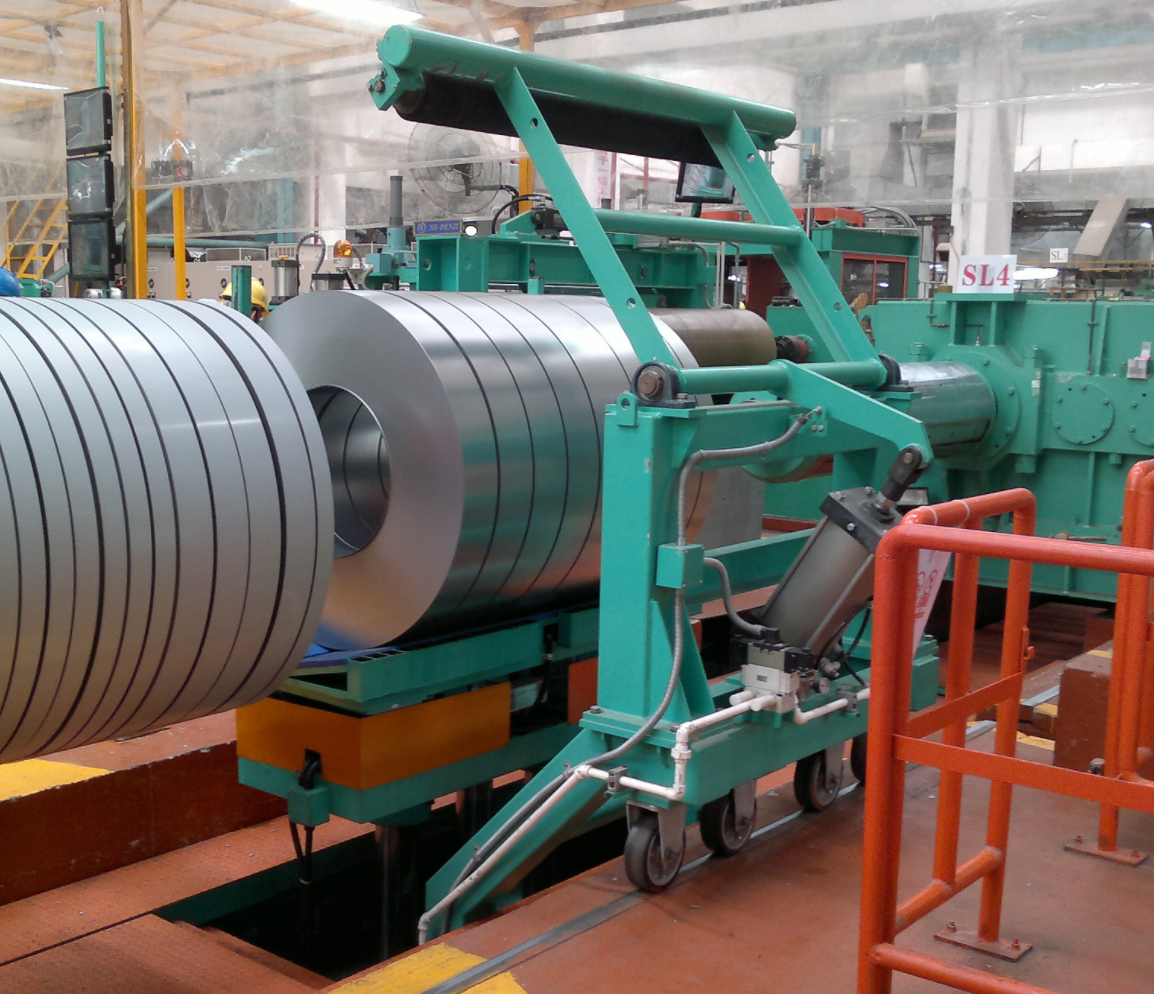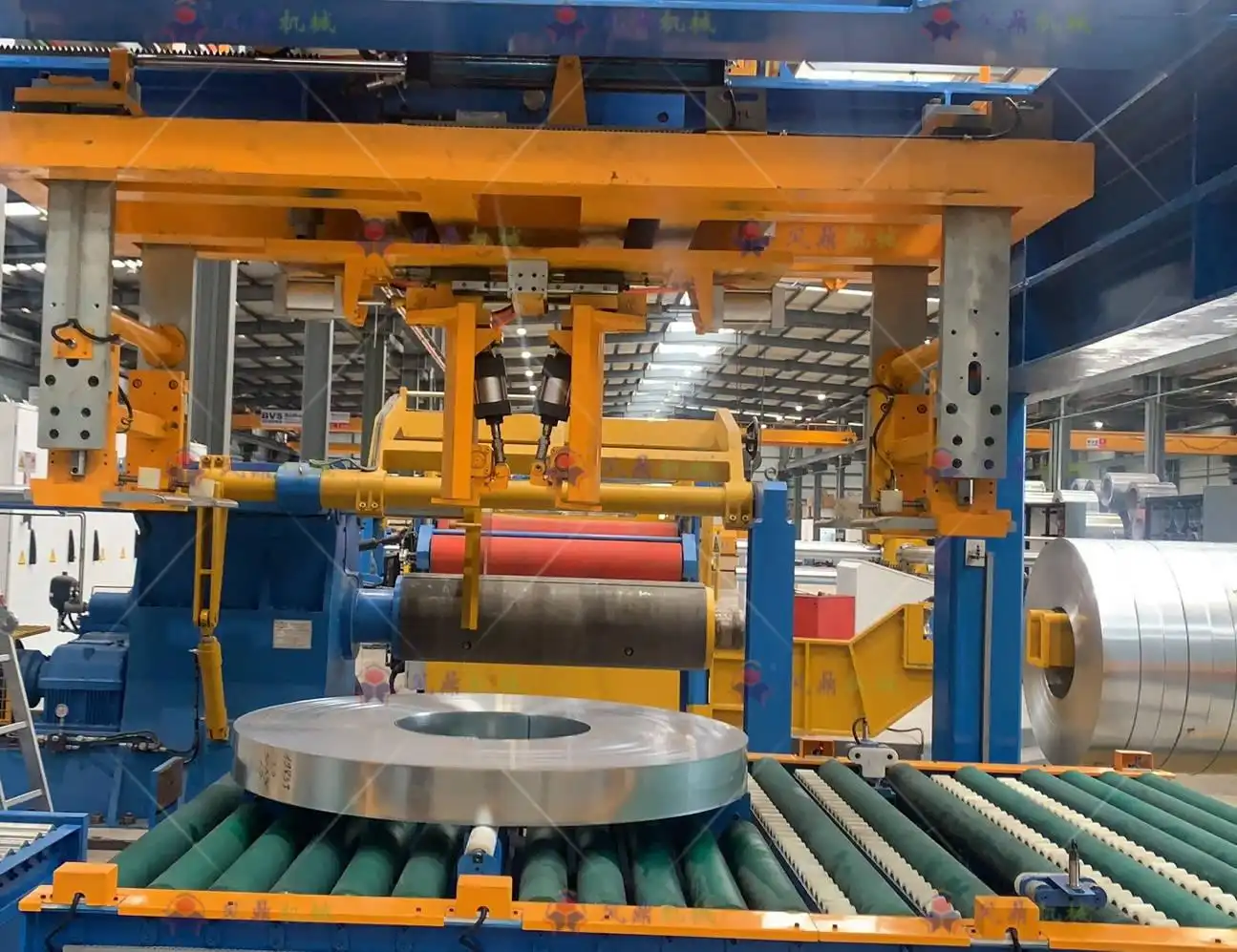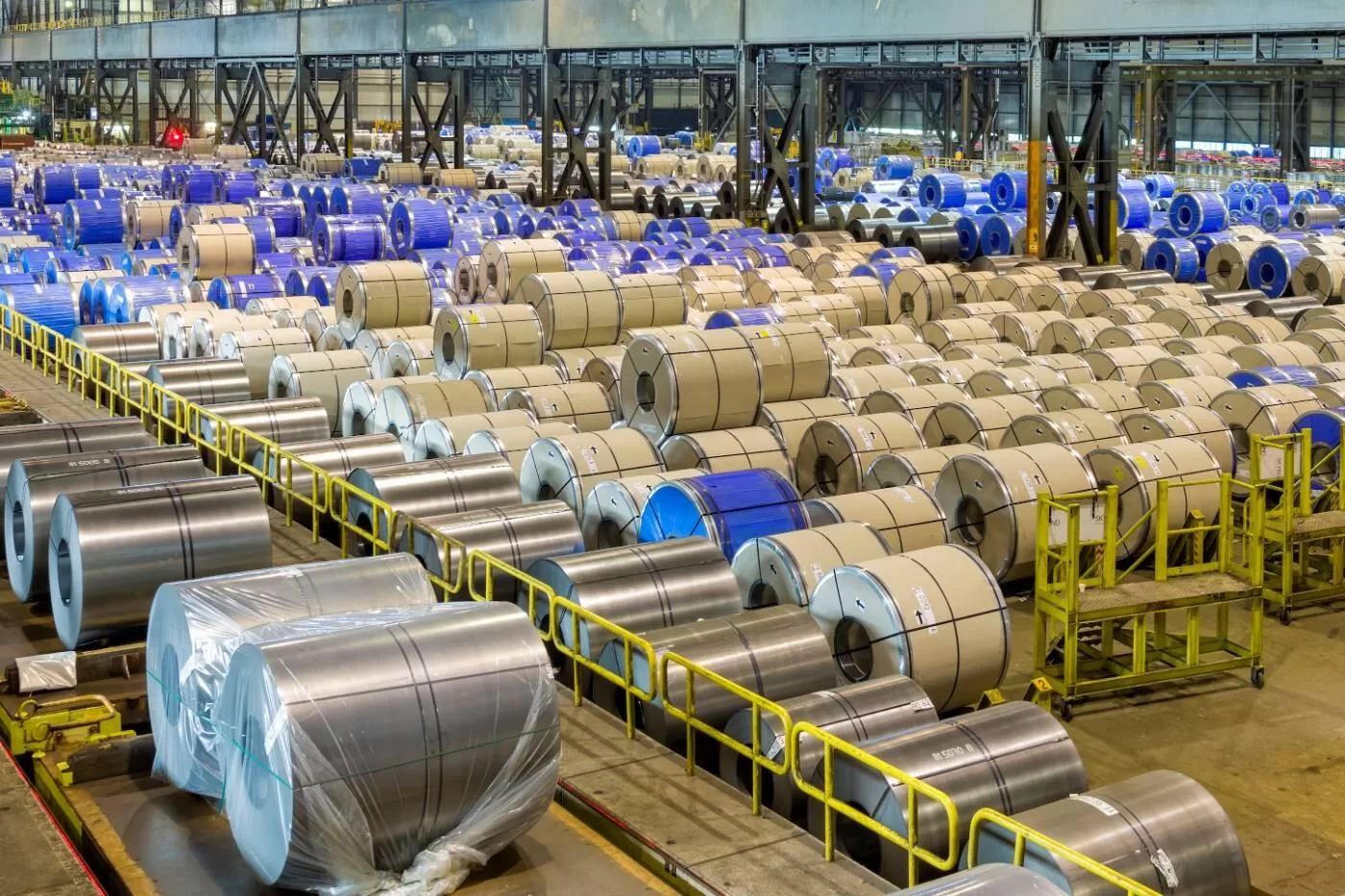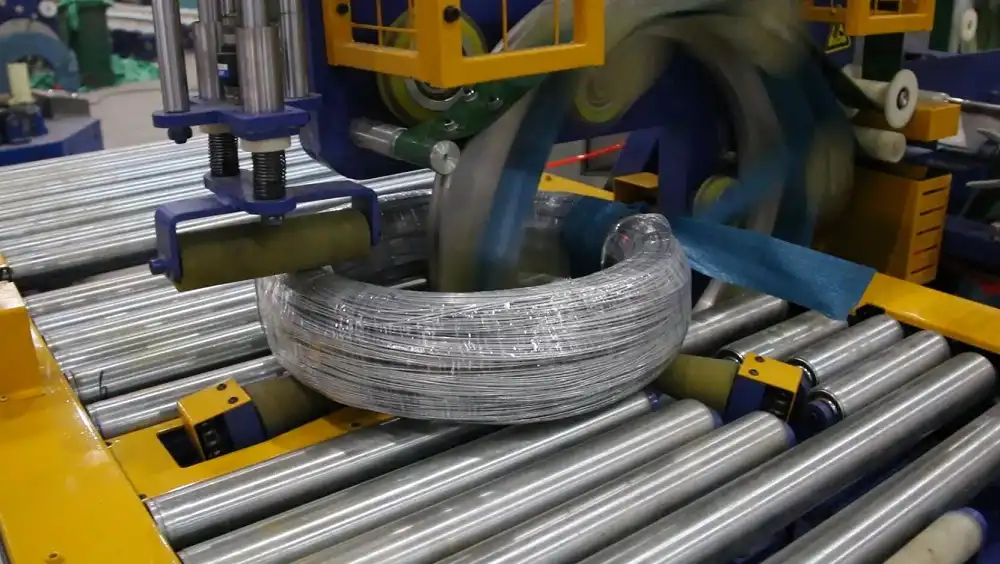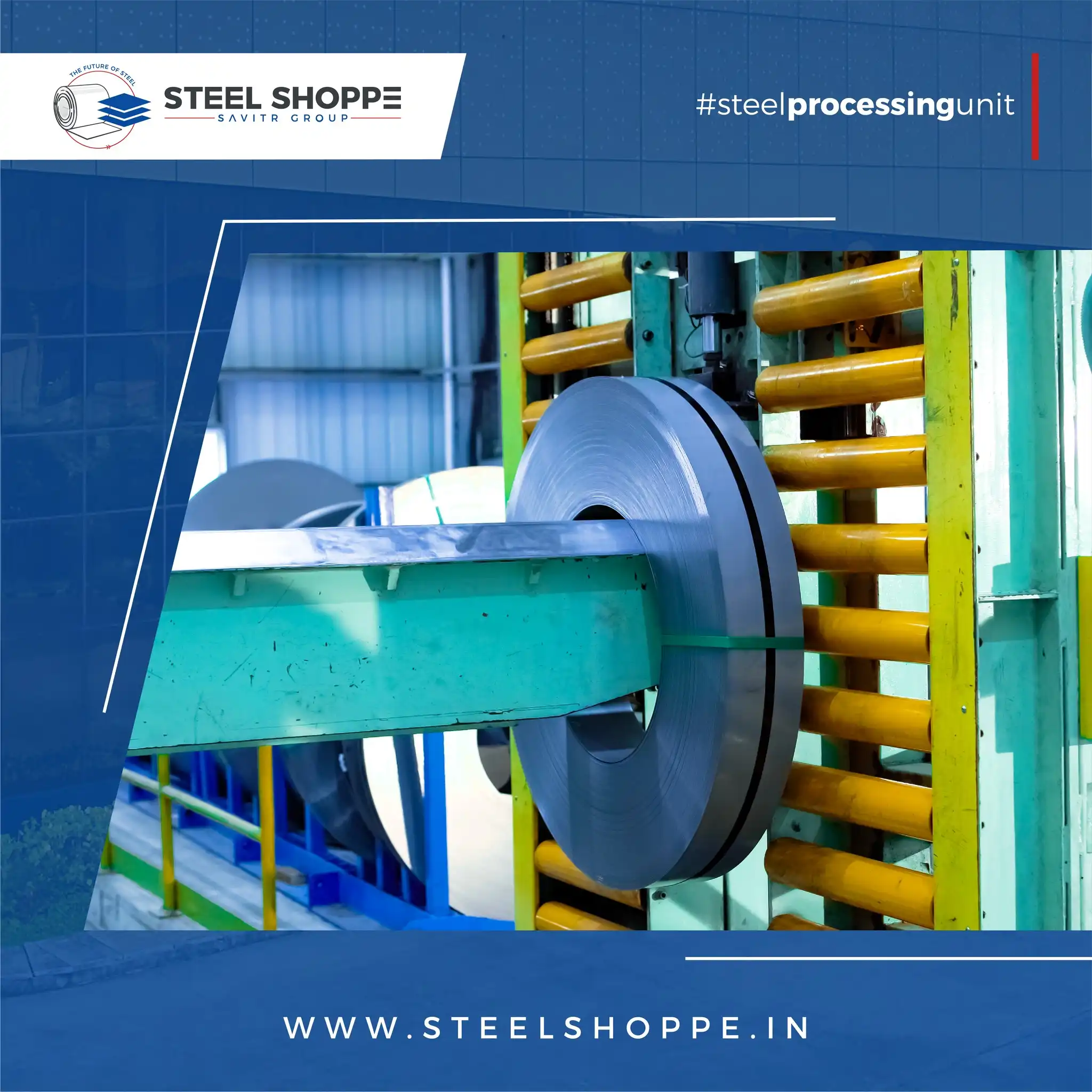How to Manage Coil Storage to Prevent Tipping and Collapsing
Are you tired of the constant worry about coil storage safety? The fear of tipping and collapsing coils isn’t just a safety hazard; it’s a drain on efficiency and resources. Imagine a storage solution so secure, it eliminates these risks, freeing you to focus on productivity and growth.
Effectively managing coil storage involves using proper racking systems, adhering to safety guidelines, and implementing careful handling procedures. This prevents tipping and collapsing by ensuring coils are stable, supported, and accessed safely, minimizing workplace hazards and material damage.
This guide dives deep into the best practices for coil storage, ensuring your operations are safe, efficient, and compliant. Read on to discover how to protect your inventory and your team.
Understanding the Risks of Improper Coil Storage
The sight of towering coils might be commonplace in many industries, but beneath the surface lies potential danger. Improper coil storage isn’t just about disorganization; it’s a ticking time bomb of workplace accidents and material damage. Recognizing these risks is the first step toward a safer, more efficient operation.
Improper coil storage methods, such as pyramid stacking on the floor, pose significant risks including coil tipping, collapse, and worker injury. These methods often lack stability and accessibility, leading to dangerous scenarios and inefficient inventory management. Investing in proper coil racking systems is crucial to mitigate these risks and ensure a safe working environment.
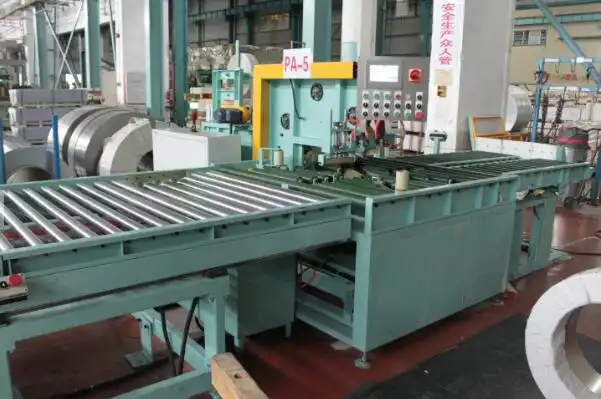
To truly grasp the importance of optimized coil storage, let’s break down the critical areas where risks commonly arise and how they impact your operations.
The Domino Effect: How Tipping and Collapse Occur
Coil tipping and collapse aren’t isolated incidents; they are often the result of a chain reaction of errors and oversights in storage and handling. Understanding this "domino effect" is crucial for implementing preventative measures.
| Factor | Risk Description | Consequence |
|---|---|---|
| Inadequate Racking | Using floor stacking or racks not designed for coil weights and dimensions. | Instability, potential for racks to buckle or collapse. |
| Improper Stacking | Stacking coils unevenly, exceeding height limits, or failing to interlock coils. | Top-heavy stacks, increased risk of tipping, especially during retrieval. |
| Unsuitable Equipment | Using forklifts or lifting devices not rated for coil weights or without proper attachments for coil handling. | Dropped coils, damage to coils and equipment, worker injury. |
| Lack of Training | Employees not trained in safe coil handling, lifting techniques, and storage protocols. | Mishandling, increased risk of accidents and improper storage practices. |
| Environmental Factors | Uneven floors, vibrations from machinery, or seismic activity. | Gradual shifting of coils, leading to instability over time. |
| Poor Maintenance | Neglecting rack inspections, failing to repair damage, or not addressing wear and tear on storage equipment. | Weakened structural integrity, higher risk of rack failure. |
By addressing each of these factors with appropriate storage solutions and safety protocols, you can significantly minimize the risk of coil tipping and collapsing, creating a safer and more productive workspace.
Implementing Safe Coil Stacking Practices
Safe coil stacking is not just about maximizing space; it’s about ensuring stability and preventing accidents. The way you stack coils directly impacts the safety of your warehouse and the integrity of your materials. Neglecting proper stacking techniques is an invitation to disaster.
To safely stack coils, always use appropriate racking systems designed for coil storage. Ensure coils are placed on stable, level surfaces, and utilize chocks or cradles to prevent rolling. Never exceed recommended stacking heights and always train personnel on proper stacking procedures to minimize the risk of collapse and ensure workplace safety.
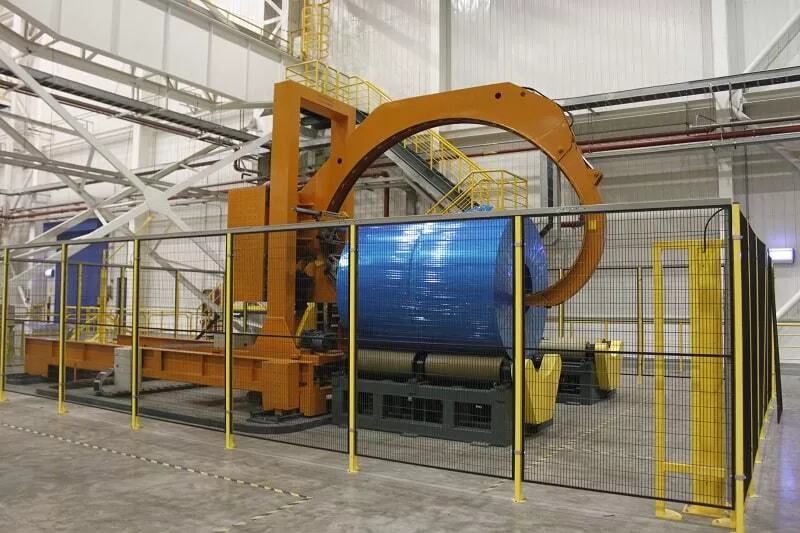
Let’s delve deeper into the essential techniques and considerations for achieving secure coil stacks, transforming potential hazards into pillars of organized and safe storage.
Mastering Coil Stacking Techniques: A Detailed Guide
Effective coil stacking hinges on several key principles, from choosing the right orientation to employing secure stacking patterns. Here’s a detailed breakdown to guide your stacking practices:
-
Orientation Matters:
- Vertical (Eye-to-the-Sky): Ideal for narrow coils, offering greater stability when stacked flat. Distributes weight evenly and minimizes the footprint.
- Horizontal (Eye-to-the-Side): Suitable for wider coils, often requiring racks or cradles for support. Requires more floor space but can improve accessibility in some layouts.
-
Base Layer is Crucial:
- Always start with a stable, level surface. Uneven floors are a major contributor to instability.
- Use pallets or dunnage to elevate coils slightly, protecting them from floor moisture and facilitating forklift access.
- For horizontal stacking, ensure the base layer is securely chocked or placed in cradles to prevent rolling.
-
Stacking Patterns for Stability:
- Pyramid Stacking (Triangular): Traditional for floor storage, but inherently less stable. Best avoided for high stacks. If used, limit height and ensure a wide base.
- Block Stacking (Rectangular): More stable than pyramid stacking, especially with racking systems. Allows for higher stacking and better space utilization.
- Interlocking Stacking: For coils of consistent size, interlocking layers can significantly enhance stability by distributing weight and preventing lateral movement.
-
Height Limits and Weight Distribution:
- Never exceed the safe stacking height recommended for your racking system or coil type. Overstacking is a primary cause of collapse.
- Heavier coils should always be placed at the bottom of the stack. This lowers the center of gravity and increases overall stability.
- Avoid mixing coil sizes within a stack unless using a racking system designed for variable dimensions.
-
Securing the Stack:
- Use banding or strapping to secure coils together, especially in horizontal stacks or when using pyramid stacking.
- For vertical stacks, consider using coil separators or spacers between layers to prevent coil-to-coil contact and improve stability.
-
Regular Inspections:
- Implement a routine inspection schedule to check stack stability, rack integrity, and coil condition.
- Immediately address any signs of shifting, leaning, or damage.
By meticulously following these techniques, you transform coil stacking from a potential hazard into a cornerstone of warehouse safety and efficiency. Proper stacking not only prevents tipping and collapse but also optimizes space utilization and simplifies inventory management.
Choosing the Right Storage Equipment
Investing in the right storage equipment is paramount to preventing coil tipping and collapse. Generic storage solutions simply won’t cut it for the unique demands of coil storage. Using inadequate equipment is a gamble with safety and efficiency that you can’t afford to take.
Selecting the correct coil storage equipment is crucial for safety and efficiency. Coil racks, specifically designed for coil weights and dimensions, are the best solution. These racks provide secure cradles and support, preventing tipping and collapse. Choosing between selective racks, structural racks, or custom solutions depends on coil size, weight, and warehouse layout. Proper equipment is a direct investment in safety and operational success.
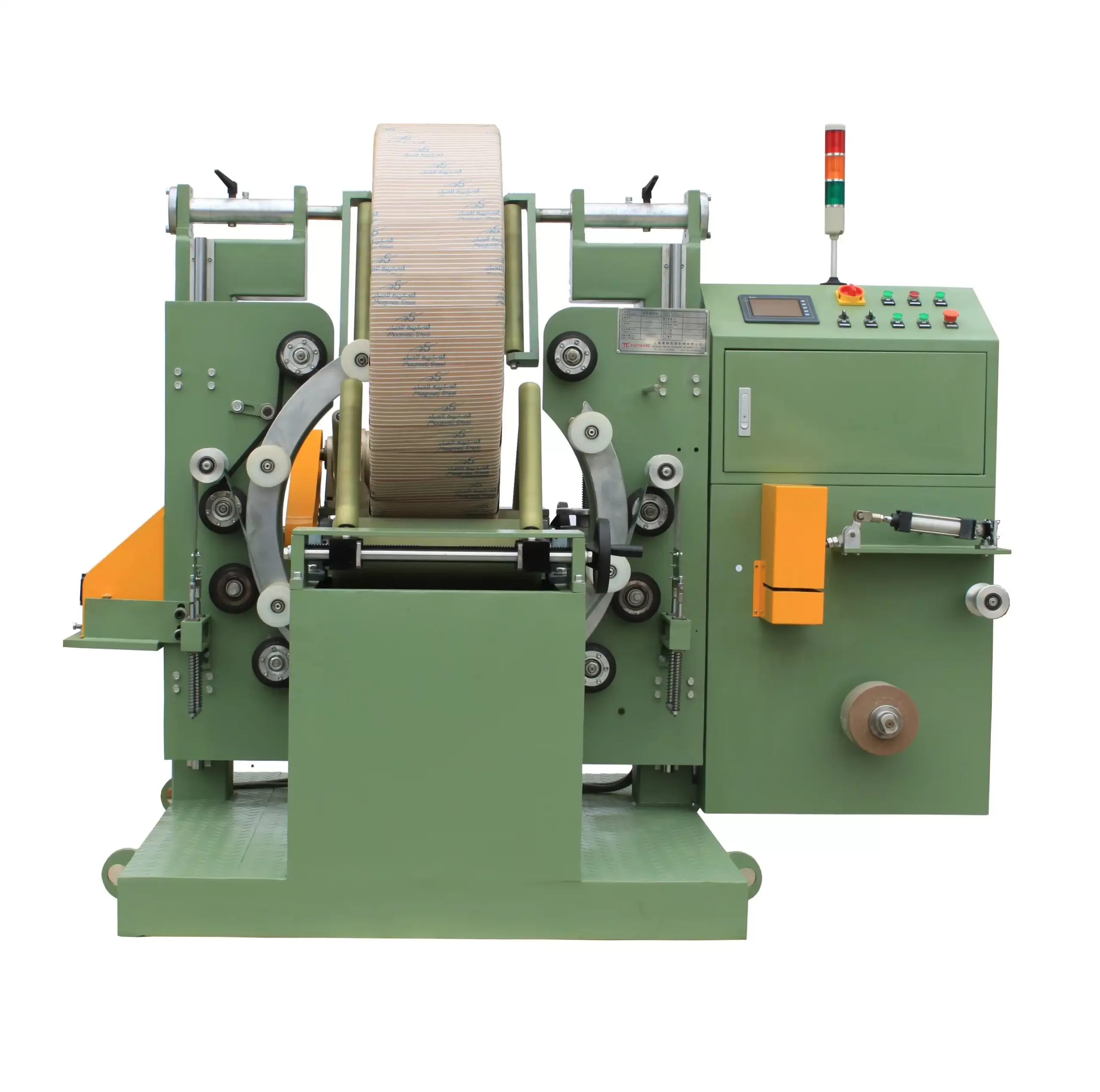
Let’s explore the different types of coil storage equipment available, highlighting their features and benefits to guide you in making the optimal choice for your specific needs.
Coil Rack Systems: A Detailed Comparison
Coil rack systems are engineered specifically to address the challenges of coil storage, offering a range of options to suit various needs. Understanding the nuances of each type is key to making an informed decision.
| Rack Type | Description | Best Suited For | Advantages | Considerations |
|---|---|---|---|---|
| Selective Coil Racks | Individual coil cradles accessible directly from the aisle. | Diverse coil sizes, FIFO inventory, frequent access requirements. | High selectivity, easy access to each coil, good for varied inventory. | Lower density storage, higher aisle space requirements. |
| Structural Coil Racks | Heavy-duty racks constructed from structural steel, designed for very heavy coils. | Extremely heavy coils (e.g., master coils), demanding industrial environments. | Maximum load-bearing capacity, robust and durable, excellent for large-scale operations. | Higher initial cost, less flexible layout, may require specialized installation. |
| Cantilever Coil Racks | Open-front racks with arms extending from a central column, ideal for horizontal coil storage. | Horizontal coil storage, long coils, applications needing unobstructed access. | Good for long items, easy loading and unloading with forklifts, adaptable for different coil widths. | Can be less space-efficient than vertical racks, requires careful load balancing on arms. |
| Custom Coil Racks | Racks designed and built to specific coil dimensions, warehouse layouts, and operational requirements. | Unique coil sizes, specialized storage needs, optimizing specific warehouse spaces. | Tailored to exact needs, maximum space utilization, optimized workflow integration. | Higher design and manufacturing costs, longer lead times, less adaptable if storage needs change significantly. |
| Portable Coil Racks | Racks designed to be moved by forklift, offering flexibility in warehouse layout. | Temporary storage, fluctuating inventory levels, dynamic warehouse environments. | Flexible and mobile, easy to rearrange storage areas, can be deployed quickly. | Lower load capacity compared to fixed racks, requires designated floor space for movement, may need securement when stationary. |
Choosing the right coil rack system is a strategic decision that impacts not only safety but also storage density, inventory management, and operational efficiency. Carefully assess your coil characteristics, warehouse environment, and operational needs to select the system that best fits your requirements.
Maintaining a Safe Coil Storage Environment
A safe coil storage environment is more than just equipment and stacking techniques; it’s about creating a culture of safety and vigilance. Neglecting environmental factors and safety protocols is akin to building a house on a weak foundation – it may stand for a while, but eventually, it will crumble.
Maintaining a safe coil storage environment requires consistent adherence to safety protocols, regular inspections, and employee training. Key practices include implementing clear safety zones, ensuring proper lighting and ventilation, regular rack inspections, and providing comprehensive training on safe handling and emergency procedures. A proactive safety culture is essential to prevent accidents and ensure a secure workplace.
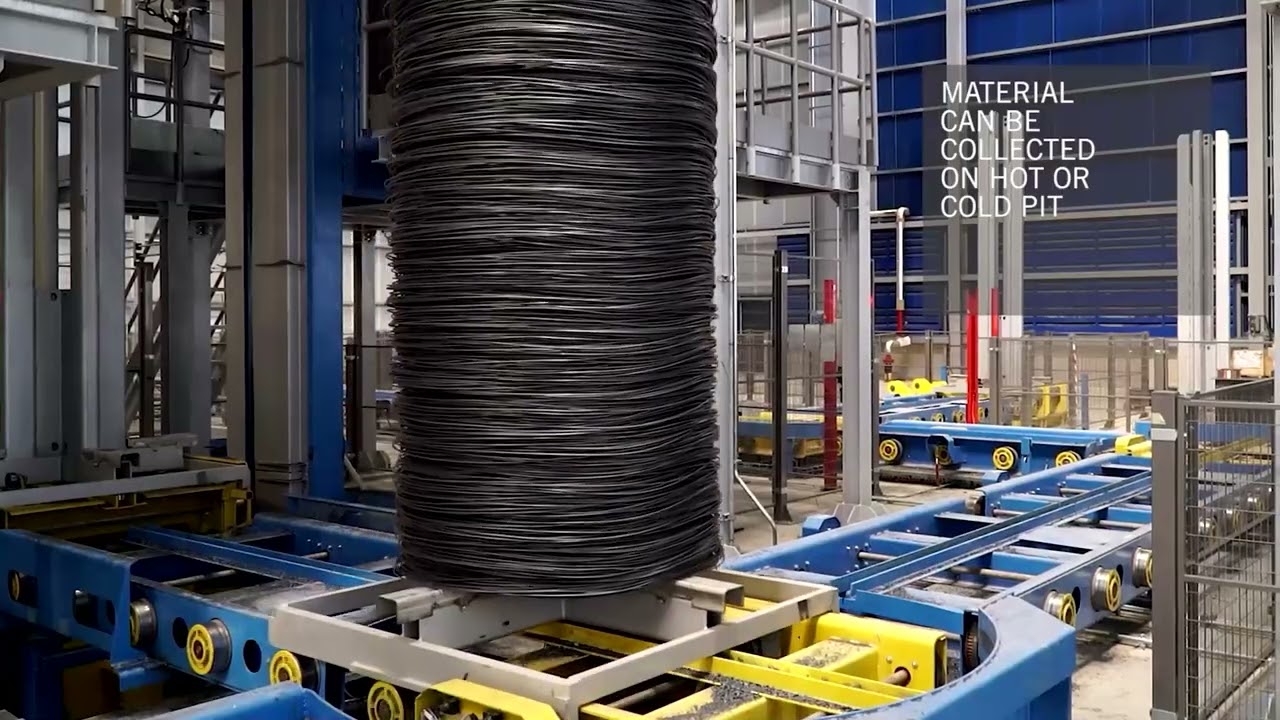
Let’s delve into the critical components of a safe coil storage environment, outlining the steps you can take to cultivate a workplace where safety is not just a priority, but a habit.
Key Elements of a Proactive Safety Culture in Coil Storage
Creating a truly safe coil storage environment goes beyond checklists and regulations; it requires embedding safety into the daily operations and mindset of your team. Here are the essential elements of a proactive safety culture:
-
Comprehensive Training Programs:
- Regular and thorough training for all personnel involved in coil handling and storage.
- Cover proper lifting techniques, equipment operation, safe stacking procedures, emergency response, and hazard identification.
- Hands-on training and practical demonstrations to reinforce theoretical knowledge.
- Regular refresher courses to keep safety practices top-of-mind.
-
Clear Safety Zones and Signage:
- Designate clear safety zones around coil storage areas, marked with floor markings and barriers.
- Use prominent safety signage to warn of potential hazards, indicate weight limits, and display emergency procedures.
- Ensure aisles are wide enough for safe equipment maneuvering and pedestrian traffic, and are clearly marked.
-
Regular Rack Inspections and Maintenance:
- Implement a schedule for routine inspections of all racking systems, performed by qualified personnel.
- Check for damage, wear and tear, loose bolts, and any signs of structural weakness.
- Promptly repair or replace damaged components. Keep a detailed log of inspections and maintenance activities.
-
Appropriate Personal Protective Equipment (PPE):
- Mandatory use of PPE for all personnel in coil storage areas, including steel-toed boots, gloves, safety glasses, and hard hats.
- Provide and maintain PPE in good condition.
- Enforce PPE usage through regular monitoring and positive reinforcement.
-
Emergency Preparedness:
- Develop and communicate emergency response plans for coil tipping, collapse, or other accidents.
- Conduct regular emergency drills to ensure preparedness.
- Ensure readily accessible first-aid kits, fire extinguishers, and emergency contact information.
-
Employee Involvement and Feedback:
- Encourage employees to report safety concerns and near misses without fear of reprisal.
- Establish a safety committee with employee representation to review safety procedures and address concerns.
- Actively solicit and implement employee feedback to continuously improve safety practices.
-
Continuous Improvement Mindset:
- Regularly review safety performance data, incident reports, and near misses to identify areas for improvement.
- Stay updated on industry best practices and safety regulations.
- Foster a culture of continuous learning and adaptation to enhance safety protocols.
By integrating these elements into your operations, you create a coil storage environment where safety is not just a set of rules, but a deeply ingrained value, leading to a significant reduction in accidents and a more productive, confident workforce.
Compliance and Best Practices
Navigating the regulatory landscape and adhering to industry best practices is non-negotiable for safe coil storage. Ignoring compliance is not just a legal risk; it’s a gamble with the well-being of your employees and the future of your operations.
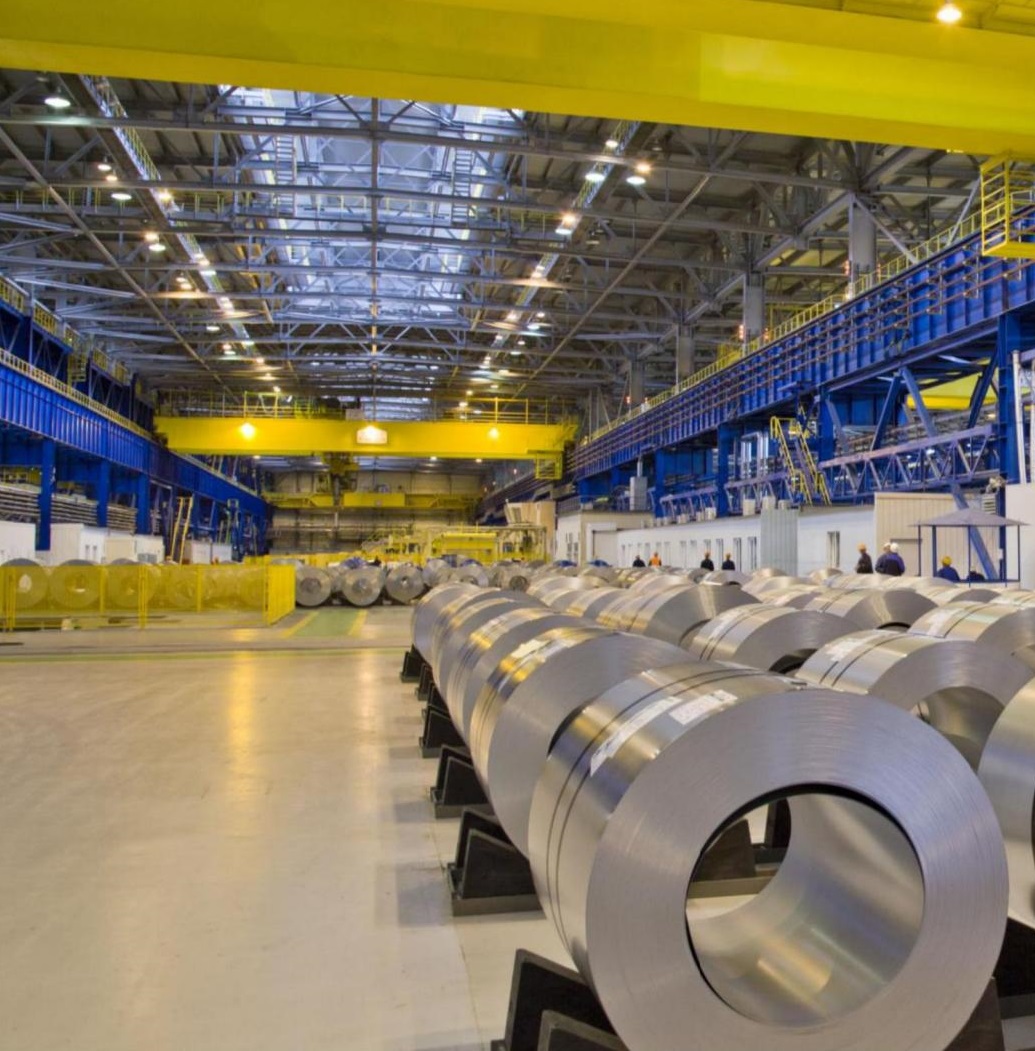
Compliance with OSHA and ANSI standards is essential for safe coil storage. OSHA 29 CFR 1926.250 provides general storage guidelines emphasizing stability and aisle maintenance, while ANSI MH16.1 offers specific standards for industrial steel storage racks. Adhering to these regulations ensures structural integrity, worker safety, and legal compliance, mitigating risks associated with coil storage.
Beyond the legal mandates, adopting industry best practices elevates your safety standards and operational efficiency. This proactive approach not only minimizes risks but also positions your organization as a leader in workplace safety.
Best Practices for Coil Storage Compliance:
- Regularly review and update safety protocols: Ensure they align with the latest OSHA and ANSI standards.
- Conduct routine safety audits: Identify and rectify any compliance gaps in storage practices.
- Maintain detailed records: Document rack inspections, maintenance, training sessions, and safety audits for compliance verification.
- Provide accessible safety documentation: Make safety manuals and regulatory information readily available to all employees.
- Seek expert consultation: Engage with safety professionals to assess your coil storage practices and ensure compliance.
- Stay informed about regulatory changes: Continuously monitor updates to OSHA and ANSI standards and adapt your practices accordingly.
- Promote a culture of compliance: Make adherence to safety regulations a core value within your organization.
By prioritizing compliance and embracing best practices, you not only fulfill your legal obligations but also create a safer, more efficient, and more responsible coil storage operation.
Conclusion
Optimizing warehouse storage for coils is not just about space utilization; it’s fundamentally about safety, efficiency, and protecting your valuable inventory. By understanding the risks, implementing safe stacking practices, choosing the right equipment, and fostering a proactive safety culture, you can transform your coil storage from a potential hazard into a well-organized and secure operation. Embracing these best practices ensures compliance, minimizes downtime, and creates a workplace where safety and productivity go hand in hand. For further enhancing your coil handling and storage processes, explore advanced solutions like coil packing line to streamline your operations and ensure long-term success.

